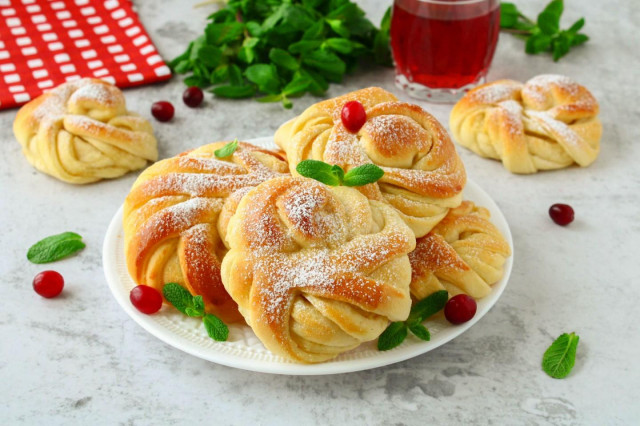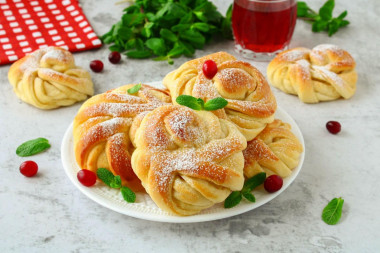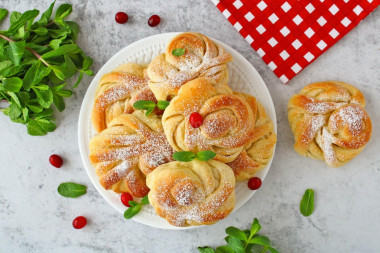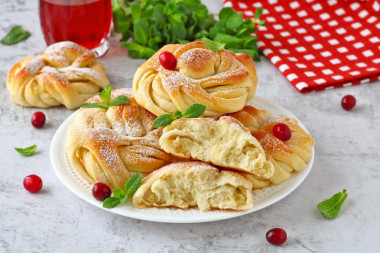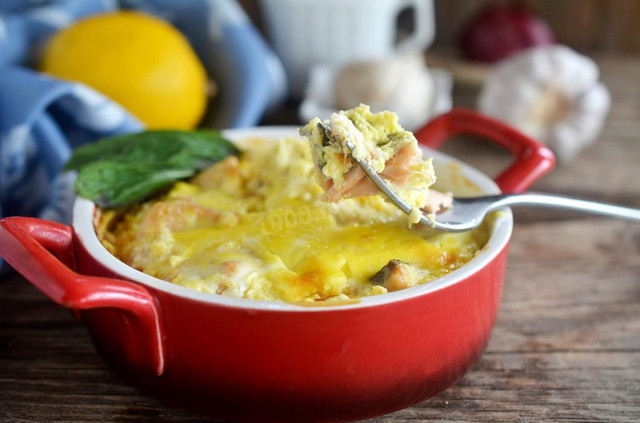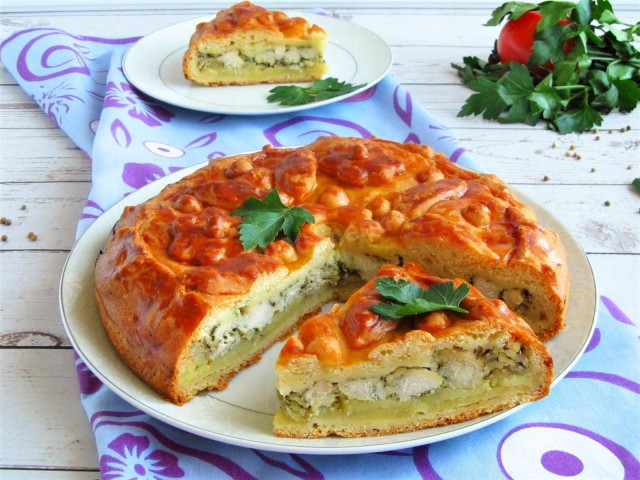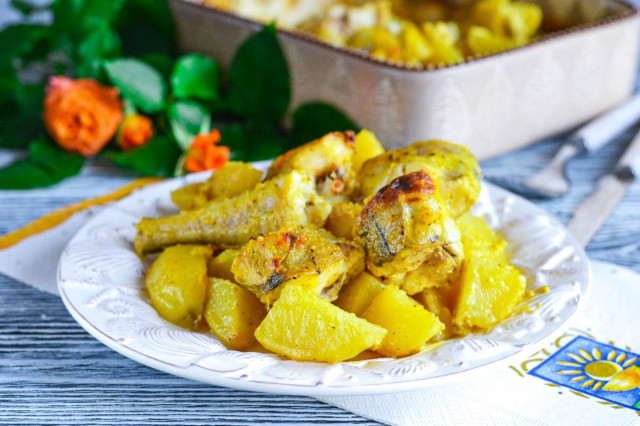Composition / ingredients
Step-by-step cooking
Step 1:
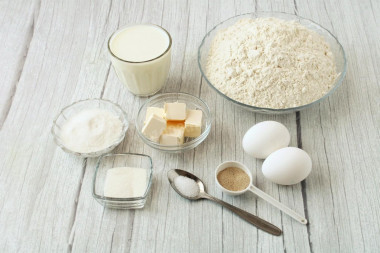
How to bake soft muffins? Measure out the necessary ingredients for the yeast dough. Take flour not lower than the highest grade. This is the best option for a pastry dough. Heat the milk slightly. The rest of the products should also be at room temperature.
Step 2:

Sift flour into a wide bowl. The oxygen-enriched flour will make the dough more lush and airy, it will rise well.
Step 3:
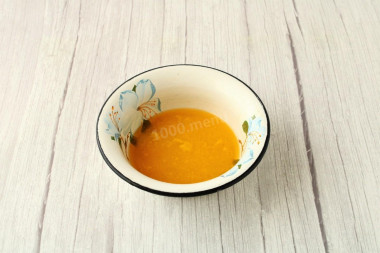
Dissolve the butter over low heat, let it cool down a little.
Step 4:
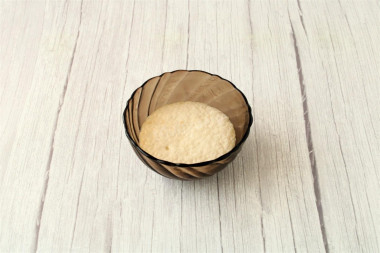
In a small bowl, combine the yeast, 1 tsp sugar and about half of the warm milk. Stir and leave for 10-12 minutes to activate the yeast. A foam cap will appear on the surface. If this did not happen or the "cap" rises very slowly, it means that the yeast is of poor quality and it is better to replace them. The dough on such yeast will not be successful.
Step 5:

Beat eggs with sugar, salt and vanilla sugar until smooth. To do this, take a wide, stable, roomy bowl, given that the dough will increase in volume.
Step 6:
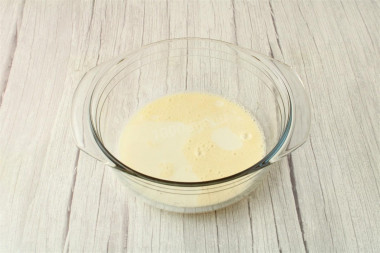
Pour the remaining slightly warm milk into the egg mixture and mix.
Step 7:
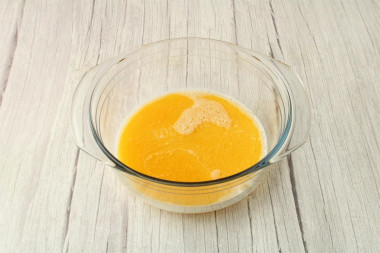
Add the melted non-hot butter, mix.
Step 8:

Pour in the activated yeast mixture, mix well.
Step 9:
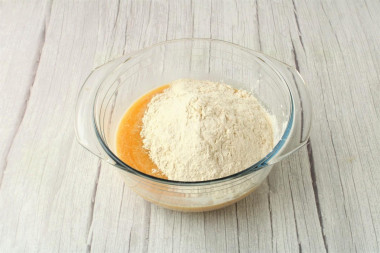
Pour in about 3/4 of the sifted flour, mix with a spoon.
Step 10:

The dough turns out to be still very viscous and sticky. Add flour in small portions, while stirring the dough with your hands. Do not add all the flour at once, so that the dough does not turn out too dense and tight. Such a dough will be hard to rise, and baking will not turn out soft and airy. Flour may need more or less than the specified amount, it depends on its quality and properties.
Step 11:
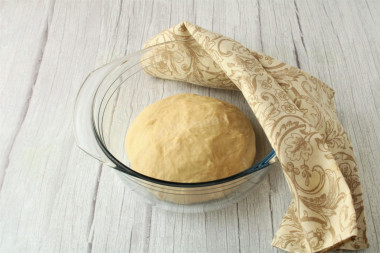
Knead a homogeneous dough. It should turn out soft, pliable, may stick to your hands quite a bit. Cover the dough with a towel or cling film and leave in a warm place for 1-1.5 hours. The rise time will depend on the ambient temperature and yeast activity.
Step 12:

My dough came up in 1 hour and 20 minutes. It has increased in volume by about 2.5 times.
Step 13:
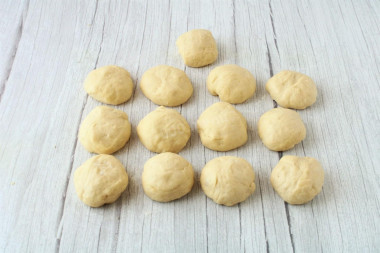
Carefully knead the dough that has come up, put it on a floured table. Divide the dough into equal parts depending on the desired size of the buns. Roll each part into a bun and cover with a towel from winding.
Step 14:

For the filling, remove the butter from the refrigerator in advance so that it becomes soft.
Step 15:
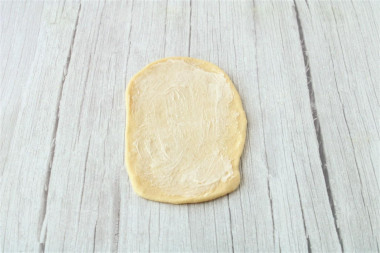
On a floured table, roll out part of the dough into an oval tortilla. Brush the dough with a thin layer of butter. Sprinkle lightly with sugar on top.
Step 16:
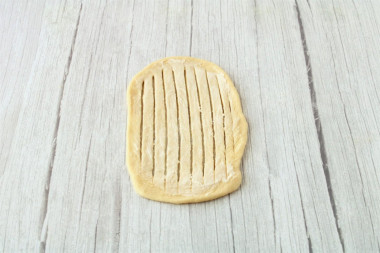
Make cuts along the length of the tortilla without cutting to the edges.
Step 17:
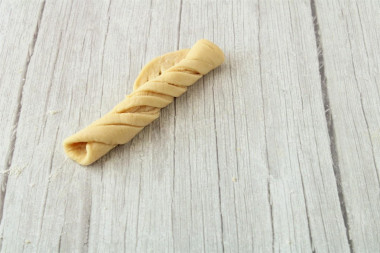
Roll the cut tortilla diagonally into a loose roll.
Step 18:
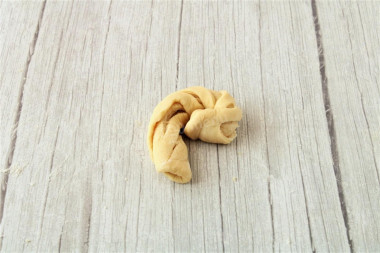
Roll the resulting roll into a snail.
Step 19:
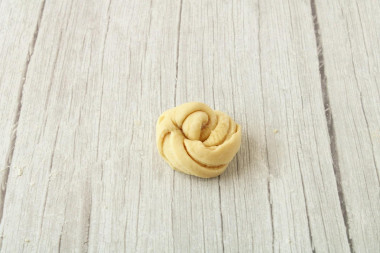
Press the end a little so that the dough does not spin when baking. In this way, form all the buns.
Step 20:

Mix the yolk with the milk until smooth.
Step 21:
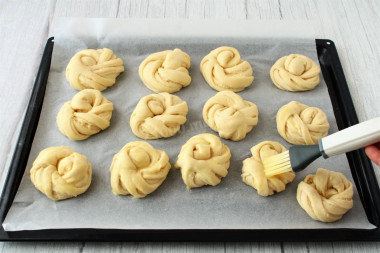
Place the buns on a baking sheet lined with parchment. At the same time, leave a distance between the buns, as they will rise during baking. Using a cooking brush, brush the buns with egg yolk on top.
Step 22:
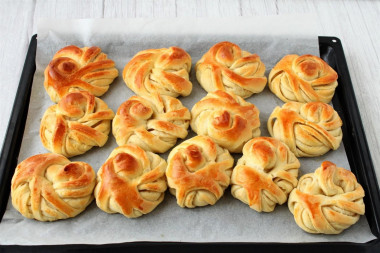
Bake the buns in a preheated oven for about 25 minutes until golden brown. The baking time may vary, so control it, focusing on the specifics of your oven.
Step 23:
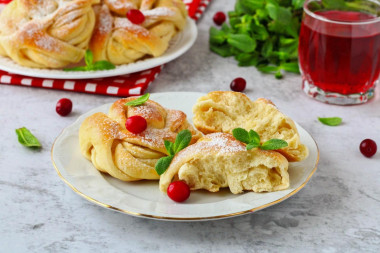
Let the soft buns cool. When serving, you can sprinkle them with powdered sugar. Bon appetit!
Dry yeast can be replaced with fresh pressed yeast, based on the proportion of 1:3. That is, for 1 gram of dry yeast required by the recipe, you need to take 3 grams of fresh.
Be prepared for the fact that flour may need more or less than indicated in the recipe. Focus not on the amount of flour, but on the desired consistency of the dough. To avoid mistakes, read about flour and its properties!
Keep in mind that everyone's ovens are different. The temperature and cooking time may differ from those specified in the recipe. To make any baked dish successful, use useful information about the features of ovens !
Caloric content of the products possible in the composition of the dish
- Whole cow's milk - 68 kcal/100g
- Milk 3.5% fat content - 64 kcal/100g
- Milk 3.2% fat content - 60 kcal/100g
- Milk 1.5% fat content - 47 kcal/100g
- Concentrated milk 7.5% fat content - 140 kcal/100g
- Milk 2.5% fat content - 54 kcal/100g
- Chicken egg - 157 kcal/100g
- Egg white - 45 kcal/100g
- Egg powder - 542 kcal/100g
- Egg yolk - 352 kcal/100g
- Ostrich egg - 118 kcal/100g
- Granulated sugar - 398 kcal/100g
- Sugar - 398 kcal/100g
- Butter 82% - 734 kcal/100g
- Amateur unsalted butter - 709 kcal/100g
- Unsalted peasant butter - 661 kcal/100g
- Peasant salted butter - 652 kcal/100g
- Melted butter - 869 kcal/100g
- Salt - 0 kcal/100g
- Wheat flour - 325 kcal/100g
- Egg yolks - 352 kcal/100g
- Vanilla sugar - 379 kcal/100g
- Dry yeast - 410 kcal/100g

